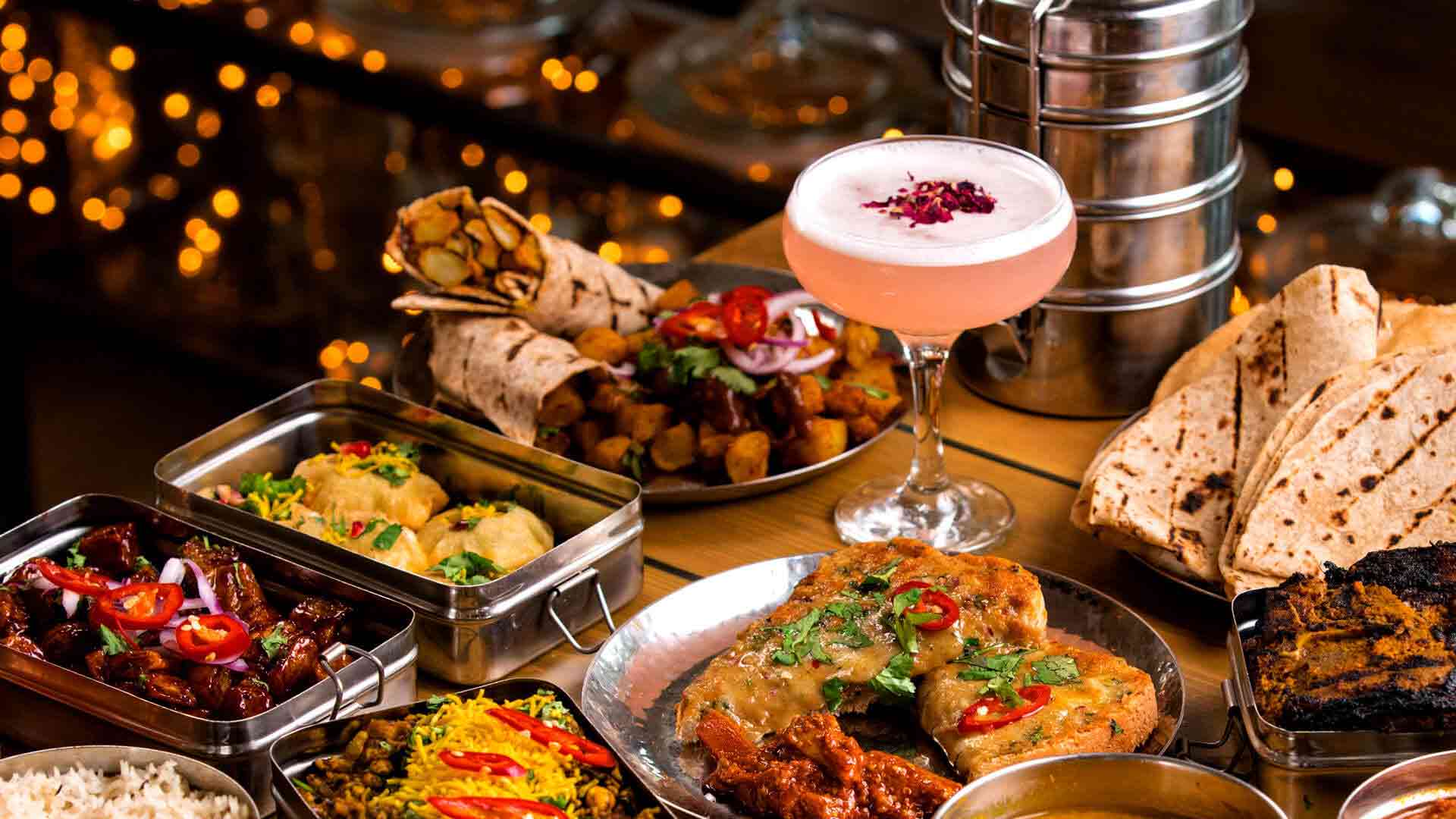Tag: Restaurant
Dining Through the Ages and Continents
Dining Through the Ages and Continents
The simple act of eating, a necessity for survival, has evolved into a rich tapestry of cultural practices, traditions, and innovations. From the rudimentary meals of our ancestors to the global culinary landscape we know today, the history of dining is a fascinating journey through time and across continents. This exploration delves into the evolution of dining, examining its transformation through different eras and geographical locations.
Prehistoric and Ancient Dining: The Dawn of Culinary Practice
The earliest human ancestors, living in prehistoric times, relied heavily on hunting and gathering. Their diets comprised fruits, nuts, roots, and whatever game they could capture. Fire, a pivotal discovery, revolutionized food preparation. Roasting meat and cooking vegetables provided better nutrition and enhanced flavors. Evidence suggests that basic tools like stone utensils were used for preparing food. The concept of communal eating likely developed as a means of survival and social bonding.
In ancient civilizations, dining became increasingly complex. The Egyptians, for example, enjoyed a variety of dishes, including bread, beer, and a range of meats and vegetables. Hieroglyphs depict elaborate feasts with musicians and dancers. In Greece, the symposium was a significant social event, featuring wine, food, and intellectual discourse. Romans were renowned for their elaborate banquets and diverse culinary preferences, including exotic spices and ingredients from across their vast empire. The rise of agriculture and trade significantly impacted the food supply and dining practices of these ancient societies.
The Middle Ages and Renaissance: Feasting and Fine Dining
The Middle Ages saw the development of elaborate dining rituals, particularly among the nobility. Castles hosted grand feasts with multiple courses, showcasing the wealth and power of the host. Spices from the East, though expensive, were highly prized. The Church also played a significant role in dietary restrictions, dictating fasting periods and influencing food choices.
The Renaissance witnessed a resurgence of interest in classical culture, leading to the refinement of dining practices. Table manners became more formalized, and the use of utensils, such as forks, gradually increased. The rise of the merchant class and the discovery of new trade routes expanded access to diverse ingredients, paving the way for more varied and sophisticated cuisine. Culinary techniques and recipes began to be documented more thoroughly.
The Age of Exploration and Colonialism: Cross-Cultural Culinary Exchange
The Age of Exploration initiated a massive exchange of food and culinary practices between continents. The Americas contributed potatoes, tomatoes, corn, and other ingredients that revolutionized European cuisine. European colonizers introduced their own food and practices to the "New World", creating fusion cuisines that persist to this day. However, this exchange also came at a cost, with the forced cultivation of cash crops impacting indigenous populations and environments.
The Industrial Revolution and Beyond: Modern Dining and Globalization
The Industrial Revolution brought about significant changes in food production and distribution. Mass production, food preservation techniques (canning, refrigeration), and the rise of restaurants made food more accessible and affordable. Transportation improvements allowed for the global movement of food, increasing availability and diversity. The 20th and 21st centuries have seen the continued globalization of food, with cuisines from around the world becoming increasingly popular. Fast food chains, supermarkets, and online food delivery services, such as EZ Take Outs, have transformed how people eat and access food.
The Future of Dining
The future of dining will likely be shaped by several factors, including sustainability, health concerns, and technological advancements. Plant-based diets, farm-to-table practices, and a focus on reducing food waste are becoming increasingly prominent. Technology will continue to impact the culinary world, from innovative cooking techniques to personalized meal planning and delivery systems. The focus on ethical sourcing, local ingredients, and reducing the environmental impact of food production will continue to shape the culinary landscape of tomorrow.
Ultimately, the story of dining is a story of human ingenuity, cultural exchange, and the constant evolution of our relationship with food. From simple meals to elaborate feasts, the act of eating reflects our history, our values, and our ever-changing world.
```